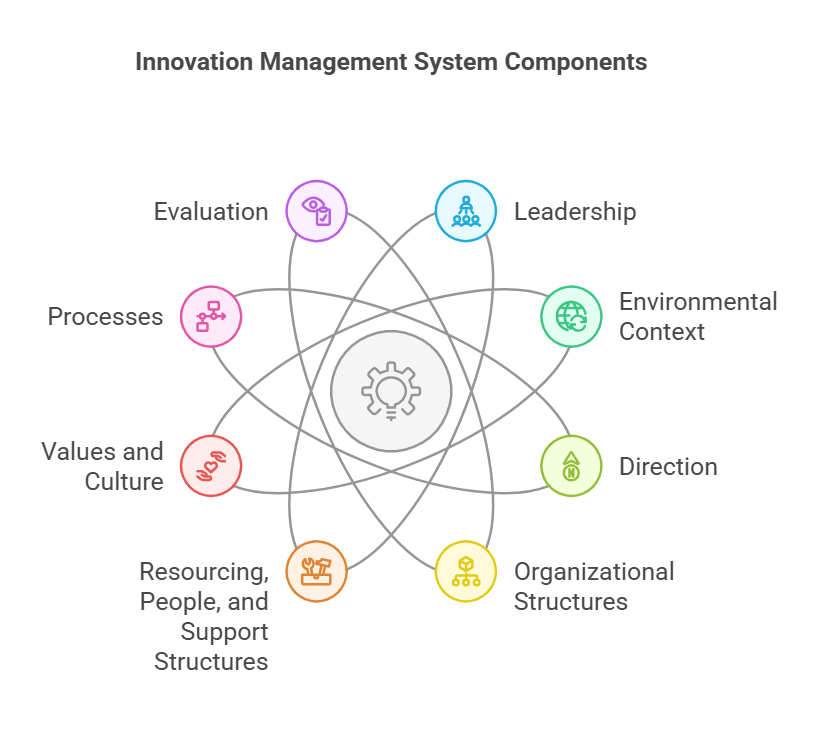In a surprise announcement Tuesday, OpenAI (finally) released native image editing capabilities within their 4o model. Now, instead of ChatGPT acting as a middleman to DALL·E, 4o generates images directly—giving you tremendous control. In addition, OpenAI announced a slew of feature improvements, now moving 4o to what might be the best general purpose AI image creator on the market! Just yesterday, I though that award was going to Gemini, but that’s how fast things change in the AI industry. Here’s a short list of key features:
The only drawback for now is fine-grained editing—you’ll still want tools like Adobe Firefly or Photoshop for that. It’s available today for everyone—except Enterprise and Education plans, which are coming soon. Check it out by just creating images with the 4o model selected!
Today, ChatGPT holds about 60% of the AI chat app market, with Microsoft’s Copilot a distant second at about 14%. Third place isn’t Claude or Perplexity, as you might expect, but Google Gemini at 13%.
Many people consider Google to have failed at their AI efforts so far–and their share of the AI Chat App market has been steadily declining. However, recently Google announced a variety of impressive updates to their Google Gemini suite of AI products. With Google’s significant share of search traffic and business productivity tools, these enhancements could position Gemini as a real contender.. If you haven’t tested out Gemini, it’s time to do so!
In today’s newsletter, I’m breaking down the recent announcements to give you a view of their AI products, and help you start using these in your workflows.
At just $20 per month, Google’s AI Premium subscription offers tremendous value and is a strong contender for your secondary AI subscription choice. If your organization is using Google Workspace instead of Microsoft Office, it might even be time to drop ChatGPT and consider switching to Gemini.
The only drawback: Google’s done a terrible job with the user-experience, making users jump between multiple applications and increasing difficulty of user adoption. As soon as they integrate these features into a single application I think they’ll outpace at least Microsoft M365 Copilot adoption, which is still struggling (and available for a 15% discount right now to try to generate new business).
For those needing to create visuals to accompany written work, Napkin AI is a must-try. Specifically designed to transform written text into well-crafted diagrams, Napkin AI supports various chart styles, such as flow charts and pyramid diagrams. Users can customize icons, colors, and text, making it a dynamic alternative to the outdated features of Microsoft PowerPoint.
Here’s an example of a diagram I created using Napkin AI, illustrating the components of a company's Innovation Management system. It took about 1 minute to design this, start-to finish, including selecting the right icons and style.

Importantly, Napkin AI is also currently free to use, so go check it out!
AI adoption isn't merely a tech upgrade—it’s a fundamental business transformation and needs to be approached accordingly. Considering that roughly 70% of digital transformations fail (McKinsey), companies have a valuable opportunity to learn from these failures and improve their odds of success with their AI adoption by focusing on three things: clarifying strategy, aligning leadership, and committing appropriate resources.
First, companies often launch AI initiatives without a clear vision—a "Let's deploy AI" approach without specific, measurable goals. McKinsey emphasizes that successful transformations are grounded in clearly defined objectives. Treating AI as a strategic business transformation rather than just another tech project sets the stage for meaningful, sustainable outcomes. If you are just beginning your journey: work with your leadership team to set clear goals and timeframes before investing.
Second, leadership alignment is essential. Research indicates that transformations thrive when executives communicate a unified vision and consistently reinforce shared goals. Without leadership alignment, even the strongest strategies can devolve into confusion, inefficiency, and stalled progress. For AI transformation, assign a single accountable leader to drive adoption strategy creation and alignment across the organization.
Third, transformation requires committed resources. Many transformation efforts falter due to insufficient investment in talent, technology, or infrastructure. AI initiatives, in particular, demand specialized skills, advanced tools, and substantial support. Without adequate resources, promising AI projects can quickly stall or become isolated experiments that never scale. For AI, ensure your tech team is upskilled, providing your staff time to learn these new tools, and find the right partners to assist in your efforts.
Ultimately, companies that succeed with AI recognize that it’s a comprehensive business transformation, requiring clarity, alignment, and commitment at every level. By learning from common pitfalls in digital transformation and proactively addressing these three critical areas, organizations position themselves to capture AI’s true strategic value.
As always, if your leadership team could use help on your AI transformation efforts, reach out!
Action Step: Check out ChatGPT’s new 4o image generator, Google Gemini and Napkin AI’s products, and see if they can help your productivity. If you are responsible for AI efforts in your company, drive leadership alignment on clear goals for AI use, and ensure your organization is sufficiently resourced for success.
Login or Subscribe to participate in polls.
Did someone forward this newsletter to you? If you're not already signed up, you can subscribe to AI SPRINT™ for free here.